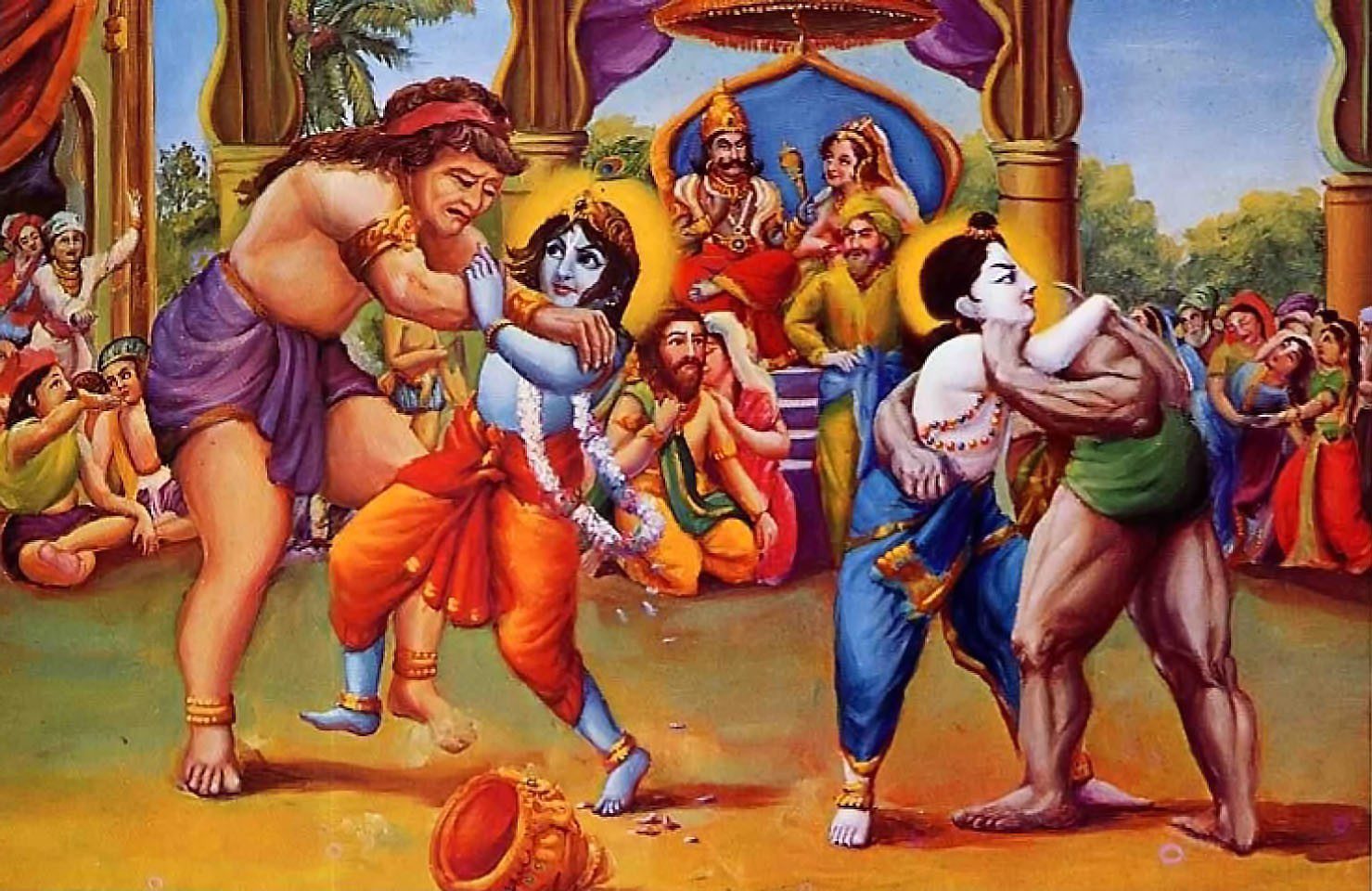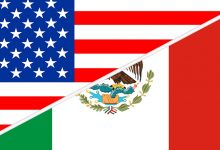 Nilanjana recounts the tale of Krishna and Balarama, the two lads, who vanquished the wrestlers of Kamsa, in the weekly column, exclusively for Different Truths.
Nilanjana recounts the tale of Krishna and Balarama, the two lads, who vanquished the wrestlers of Kamsa, in the weekly column, exclusively for Different Truths.
“Krishna had killed so many asuras so easily. He took so much time to kill an elephant!” Pariskshit could not help but wonder.
Sukha replied, “Krishna was just entertaining the crowd when he took his own sweet time to kill the elephant, Kuvalayapida. He took the dead elephant’s tusk and placed it on his shoulder. Balarama and Krishna appeared in Kamsa’s courtyard where the festivities were scheduled to begin.
The crowd was spellbound for different people saw Balarama and Krishna in different forms. Kamsa’s wrestlers thought they saw thunderbolts personified. Men thought that he was the best among men, while women were charmed by his attractive appearance; the gopalas (folks of Vrindavan) were happy that he was a part of them, their Suhrit (friend); the wicked kings thought that they would be punished by him; their parents thought that they were little infants; Kamsa thought that they looked like death incarnate; the yogis thought that they were the ultimate Truth and the ignorant thought differently based on their wisdom or lack of it. However, all the ten rasas – raudra, adhbuta, shringara, hasya, vira, daya, bhayanaka, bhibhatsa, shanta and prem-bhakti – had already inspired the onlookers.
Kamsa was very worried since a child had already killed the fierce elephant, Kuvalyapida. Krishna came nearer and stood on the stage. This was the first time Kamsa saw his opponent face to face. Though he often had nightmares about Devaki’s eight-born son, he had never seen him face to face. When Kamsa saw Krishna staring at him, he was full of fear.
The arena gradually began to buzz with a whisper. People started talking about Krishna and his accomplishments – how he had killed so many asuras and the fierce elephant. Krishna’s birth was discussed and also that some believed that he was an avatar of Narayana.
Suddenly a trumpet interrupted all the whispers and the wrestler, Chanura called out to Balarama and Krishna. He urged them to come and fight since their reputation preceded them. It was the King’s order and they had to abide by it.
Krishna would not budge so easily. He said that they were simple village folks and little boys too. They  could not take up the challenge from such seasoned wrestlers.
could not take up the challenge from such seasoned wrestlers.
Chanura paid no heed and reminded Krishna that he had just killed the strongest of elephants. Balarama and Krishna entered the wrestling zone. Balarama fought Mushtika and Krishna took on Chanura. The wrestlers were huge and the two boys looked tiny in front of them.
The women, who had come to watch the festivity, were very distressed by this apparent unfair fight. They thought that the king or some senior official should immediately intervene and stop this match. The citizens of Mathura, scared by Kamsa’s might, were just silent spectators.
Krishna suddenly decided that it was the right time to kill Chanura. He looked at the distressed crowd – people who loved him unconditionally – and decided to put an end to their woes (of seeing them being threatened by the well-built asuras). Chanura, in a while, realised that the tables had turned against him. Though he tried his level best, he was no match for Krishna. Both the brothers defeated their respective opponents at the same time.
After that, they took on the other wrestlers and overpowered each of them. The citizens of Mathura, and the gopalas, in particular, were thoroughly enjoying this festivity. Everyone was enjoying, apart from Kamsa, whose plans were going awry.”
(To be continued)
Footnote: Srimad Bhagavatam is often called the Bhagavad Purana. Authored by Ved Vyasa, the stories are about the various avatars (incarnations) of Lord Vishnu, also known as Narayana. These stories are narrated by Ved Vyasa’s son Sukhadeva to King Parikshit.
©Nilanjana Dey
Photos from the Internet
#MythAndMythology #KrishnaTales #BhagavadPurana #LordVishnu #VedVyasa #Kamsa #KrishnaAndBalarama #DifferentTruths





 By
By


 By
By